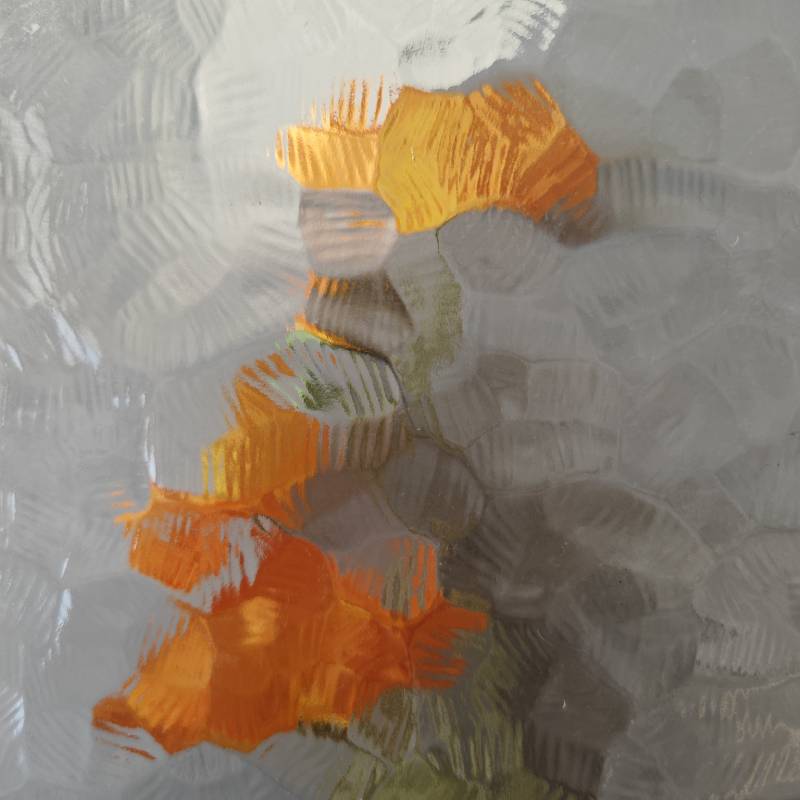

Understanding Low Iron Float Glass Features, Benefits, and Applications
In the glass industry, the pursuit of clarity, strength, and aesthetic appeal is paramount. Among the various types of glass available, low iron float glass has carved out a significant niche, garnering attention for its exceptional transparency and minimal color distortion. This article explores the characteristics, advantages, and practical uses of low iron float glass, shedding light on why it has become a favored material in various sectors.
What is Low Iron Float Glass?
Low iron float glass is a type of flat glass that is manufactured using a high-purity raw material mix which minimizes the presence of iron oxide. Traditional float glass often contains iron impurities that impart a greenish tint, especially when viewed in thick sections. In contrast, low iron float glass features a much lower level of iron content (typically around 0.1% or less), resulting in remarkable optical clarity. The manufacturing process involves floating molten glass on top of molten tin, creating a smooth and even surface that is free from imperfections.
Features of Low Iron Float Glass
1. High Transparency One of the defining features of low iron float glass is its outstanding transparency. With a light transmission rate exceeding 90%, it allows for maximum daylighting in buildings while ensuring that colors are presented accurately.
2. Minimal Color Distortion Because of its low iron content, this type of glass does not exhibit the greenish tint commonly associated with regular float glass. This makes it ideal for applications where color fidelity is crucial, such as in art galleries and display cases.
3. Enhanced Aesthetic Appeal The clarity and purity of low iron float glass enhance the visual appeal of a space. Designers and architects favor this glass for its ability to blend seamlessly into modern aesthetic environments, where clean lines and transparency are desired.
4. Versatile Thickness Options Low iron float glass is available in a variety of thicknesses, allowing for customization based on specific project needs and structural requirements.
Benefits of Low Iron Float Glass
1. Energy Efficiency The high level of transparency facilitates natural light penetration, reducing the need for artificial lighting and contributing to energy savings in buildings.

2. Sustainability As architects and builders increasingly focus on sustainability, low iron float glass aids in the creation of energy-efficient structures which can result in lower carbon footprints.
3. Preservation of Aesthetics The crystal-clear quality of low iron float glass ensures that the beauty of interior and exterior designs is maintained, without color interference that could detract from the visual impact.
4. Safety Options Low iron glass can also be treated to enhance its safety features. Laminated or tempered versions provide additional strength and are less prone to shattering, making them ideal for high-risk areas.
Applications of Low Iron Float Glass
Given its myriad benefits, low iron float glass is used across several industries, prominently including
1. Architectural Glass Its clarity makes it an ideal choice for windows, facades, and skylights in modern architecture. Many contemporary buildings utilize this glass to create open, airy spaces that capitalize on natural light.
2. Display Cases Retail environments and museums benefit from low iron glass in display cases, as it allows products and artworks to be viewed in their true colors without distortion.
3. Furniture The use of low iron glass in furniture design, such as tabletops and shelving, provides a sleek and elegant appearance that enhances any setting.
4. Solar Panels The glass is also utilized in photovoltaic panels, where high transparency is essential for maximizing sunlight absorption.
5. Interior Design From glass partitions to shower enclosures, low iron float glass is increasingly found in residential and commercial interiors, contributing to modern design sensibilities.
Conclusion
Low iron float glass stands out in the competitive landscape of glass materials due to its unparalleled clarity and minimal color distortion. Its combination of aesthetic appeal, sustainability, and versatility makes it a prized choice in various applications. As architects, designers, and manufacturers continue to innovate, the role of low iron float glass will undoubtedly expand, unlocking new possibilities for transparency and light in design.